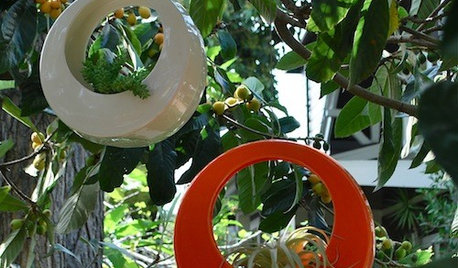Preserves In Pints
bcskye
3 years ago
Featured Answer
Sort by:Oldest
Comments (20)
bcskye
3 years agoRelated Professionals
Windham Landscape Architects & Landscape Designers · Parole Landscape Architects & Landscape Designers · East Haven Landscape Contractors · Hurricane Landscape Contractors · Lady Lake Landscape Contractors · Melrose Landscape Contractors · Hueytown Landscape Contractors · Charleston Roofing & Gutters · Chicago Roofing & Gutters · Marlboro Roofing & Gutters · Wilmington Roofing & Gutters · Centreville Driveway Installation & Maintenance · Chattanooga Driveway Installation & Maintenance · Daphne Driveway Installation & Maintenance · Anaheim Driveway Installation & Maintenanceannie1992
3 years agorandaloulton
3 years agolast modified: 3 years agoannie1992
3 years agolast modified: 3 years agorandaloulton
3 years agolast modified: 3 years agoannie1992
3 years agorandaloulton
3 years agolast modified: 3 years agobeesneeds
3 years agobcskye
3 years agobcskye
3 years agorandaloulton
3 years agorandaloulton
3 years agolast modified: 3 years agorandaloulton
3 years agobcskye
3 years agorandaloulton
3 years agolast modified: 3 years agoluski
3 years ago
Related Stories

GREEN BUILDINGWater Sense for Big Savings
Keep dollars in your pocket and preserve a precious resource with these easy DIY strategies
Full Story
EDIBLE GARDENSWhy Grow Quince? For Beauty, Fragrance and Old-Time Flavor
Delightfully perfumed fruit and lovely spring blossoms make this apple and pear cousin worth a spot in the garden
Full Story
HOUZZ TOURSMy Houzz: Enchanting Nature-Inspired Home in Ojai
Organic shapes, art nouveau and all things nature influence an architect while designing his family's home on a spacious plot in California
Full Story
MODERN ARCHITECTUREMidcentury Marvel: Is That a Pool in the Living Room?
Step inside the Raymond Loewy house, a modernist hideaway in the California desert designed by architect Albert Frey
Full Story
FEEL-GOOD HOMESimple Pleasures: Make Do and Mend
Experience the satisfaction of fixing, repurposing and creating things yourself around the home
Full Story
DECLUTTERINGEscape the Inheritance Trap: What to Do With Sentimental Pieces
Too meaningful to toss but too hideous, precious or unusual to display? These ideas can help
Full Story
GARDENING AND LANDSCAPING40 Great Gifts for Gardeners
What to Get for Green-Thumb Types. It's a No-Gnome Zone.
Full Story
HOUSEKEEPINGThe Best Way to Get Your Windows Spotlessly Clean
Learn the pros’ tips and tricks for cleaning windows and getting them streak-free
Full Story
ARCHITECTURESuperb Family Homes Pop Up in Forgotten Urban Spaces
Take a look at how these innovative houses take advantage of underused spaces and improve their cities in the process
Full Story






annie1992